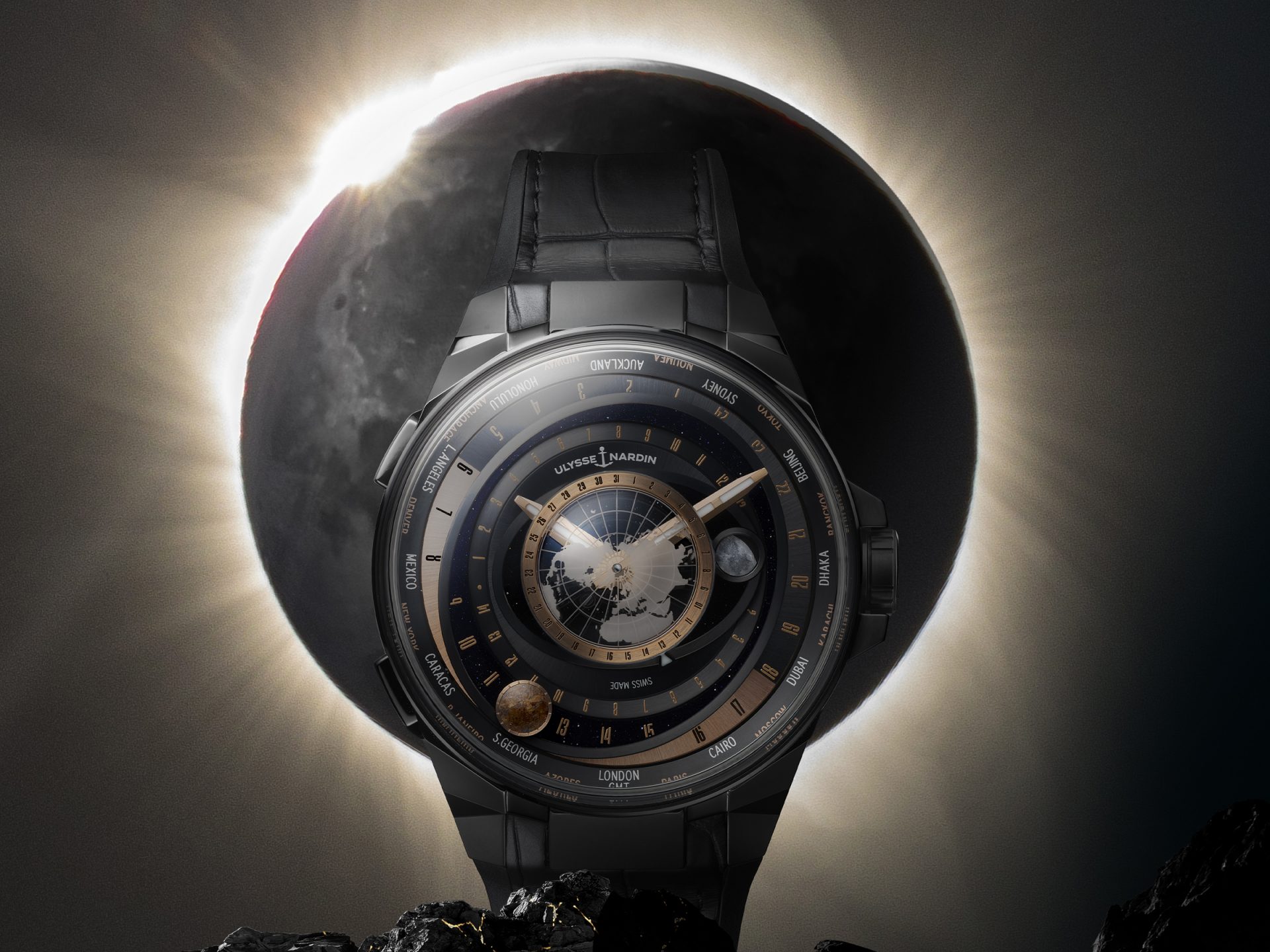Rumours that Kering has been trying to sell Ulysse Nardin and Girard-Perregaux have been doing the rounds since before the pandemic, and the global health crisis did nothing to encourage the luxury goods conglomerate to reconsider. Now acquired by a private consortium headed by the watchmakers’ CEO Patrick Pruniaux, we await to see what is next for the two historic brands. Timothy Barber met Mr Pruniaux at Watches & Wonders and started by asking what he intends to do with the independence that the new ownership structure gives him?
Patrick Pruniaux is relishing independence. When we sit down to chat at Watches & Wonders in March, where Ulysse Nardin is launching its latest technical marvel, the Freak S, it’s just two months since the announcement of his management buyout of Sowind Group, the holding company for both Ulysse Nardin and Girard-Perregaux, two historic watchmakers that for almost a decade have been owned by the French luxury conglomerate Kering.
“I’m enthused with freedom, that’s for sure – freedom and responsibility,” Mr Pruniaux tells WATCHPRO. “The biggest opportunity in being independent is that we can take a long-term view. We can define a strategy, and implement a vision over a long period of time. I wouldn’t say that was not possible as part of the group, but it requires a different mindset.”
The opportunity may be exciting, but the challenge ahead is surely daunting. Both brands are known to be loss-making. According to Morgan Stanley, the Sowind brands are estimated to have made sales of around €75 million in 2021, against an operating loss of around €30 million. That’s still a big rebound from 2020, when the pandemic contraction saw combined turnover (according to Morgan Stanley) of around €50 million with operating losses of a similar amount; but when you consider that when Kering bought it in 2014, Ulysse Nardin alone turned over around €190 million, you get a sense of the scale of the group’s stumble in its watchmaking foray.
To some extent it was bad timing. Kering (or PPR, as it was called then) invested in Girard-Perregaux in 2008, became majority shareholder in 2011, and acquired the whole business in 2015, shortly after its Ulysse Nardin acquisition.
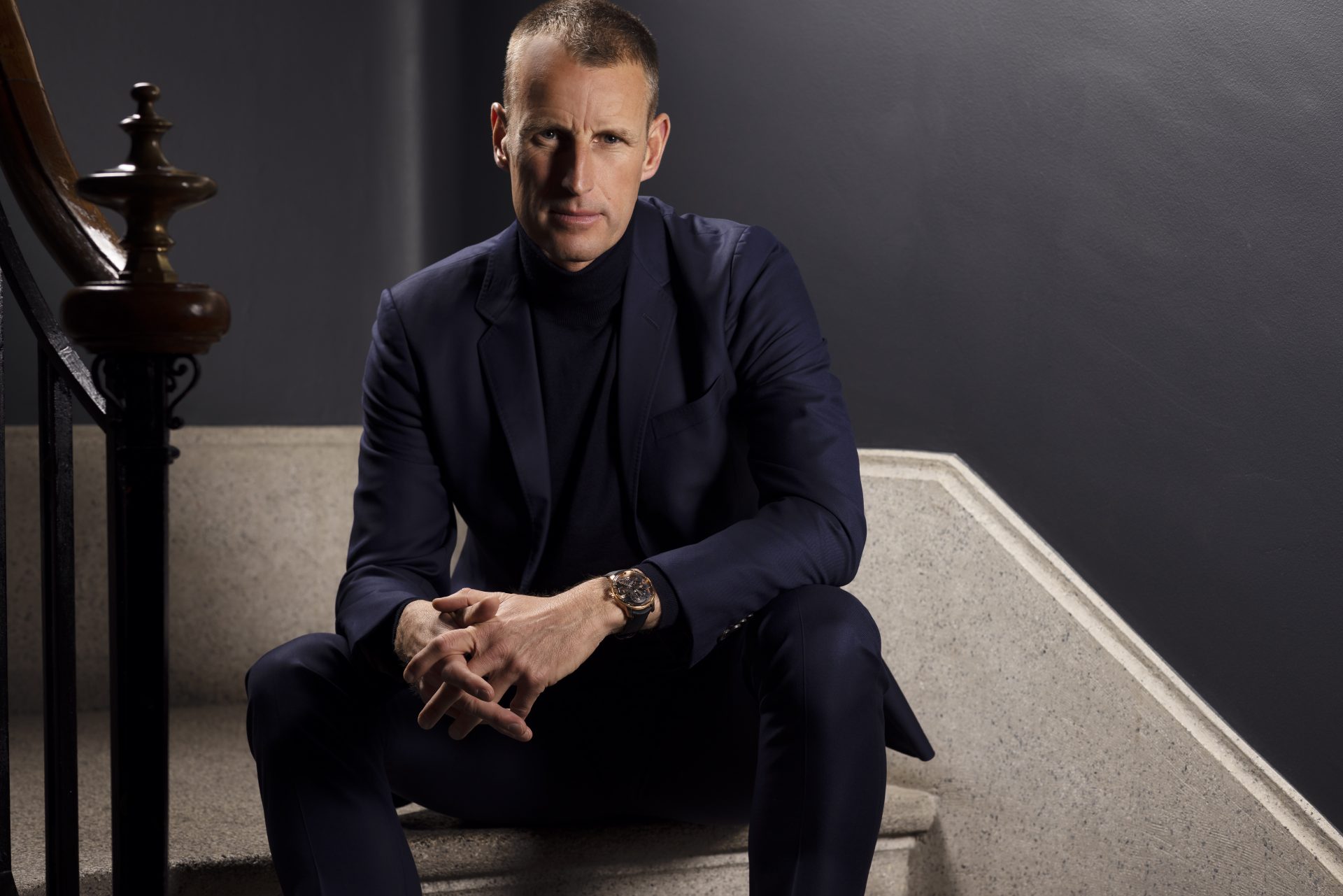
“I’m enthused with freedom, that’s for sure – freedom and responsibility”
Patrick Pruniaux
By the time it fully owned both brands, it had missed the best of the post-2009 boom, and was staring into the teeth of the 2015 downturn. By then, both brands, once run by charismatic visionaries in Girard-Perregaux’s Gino Macaluso and Ulysse Nardin’s Rolf Schnyder (who sadly passed away in 2010 and 2011 respectively), were already seeming creatively stalled compared to the momentum they’d enjoyed years earlier – one example being Girard Perregaux’s failure to capitalise on the GPHG Aiguille d’Or-winning success of its 2013 breakthrough, the Constant Escapement, whose flexing-silicon mechanism is one of the more bewitching and innovative pieces of modern watchmaking.
Mr Pruniaux promises there’s something new in the works with the Constant Escapement – “you’ll love it,” he says; but given Ulysse Nardin’s world-leading position in silicon tech, thanks to its Sigatec subsidiary, it sure is taking a long time.
Meanwhile Ulysse Nardin, particularly successful in Russian-speaking territories, suffered from the collapse of the rouble after Vladimir Putin’s annexation of Crimea in 2014. And a landscape that saw an avalanche of fashion brands like Burberry, Ralph Lauren and PPR/Kering’s own Bottega Veneta wading into the luxury watch market has changed profoundly; the idea of Bottega Venta watches powered by Girard-Perregaux movements (as we saw a decade ago) seems quaint now.
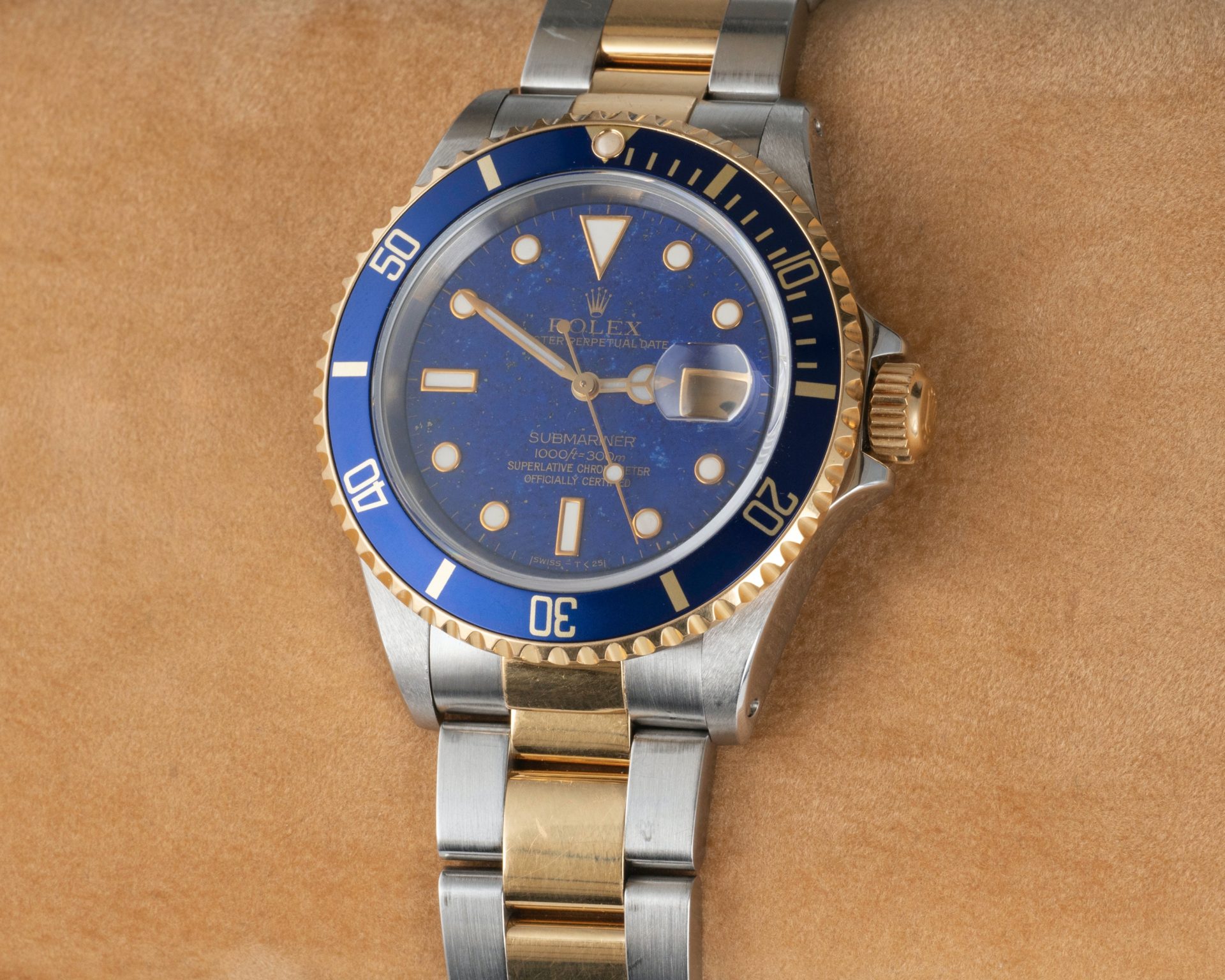
Compared to the deep horological resources of Richemont Group and LVMH, Kering’s involvement with two relatively small – if hugely accomplished – watchmakers seemed little more than a toe-dip, and divestment was rumoured for some time. A wave of redundancies as soon as the pandemic hit seemed to confirm the direction of travel. Announcing the sale in January, Kering stated its intention to focus instead on brands it can grow to significant scale.
Mr Pruniaux describes what happened next: “Kering wanted to sell the two brands. True story: I was absolutely unprepared for that, but at the same meeting I was informed about this decision, I expressed my interest to have the opportunity to bid for them,” he says. “I strongly believed that the values of the brands are super strong, and I believe that we come at a time now in the watch industry where what each brand has to say is absolutely relevant to the end consumer, not only for now but for the next decades. I truly believe it.”
The costing and structure of the buyout has not been made public, though figures published in Kering Group’s 2021 financial statement in February stated the “estimated fair value on the disposal” of the two watch brands at €139.9 million. That is more likely to be a write-down of a notional value than a cash price for the deal.
“The way we structure it is that I’m leading this, and I invited some of the senior management to join me, which is pretty easy because they’re all convinced that what we’re doing is right,” Mr Pruniaux explains. “I also invited some investors to join us, who have a strong understanding of the brands. But the management has a leading role. We’ve got the resources and the right set-up to be able to boost the brands over the long run.”
With or without Kering, work done in recent years to hone the product offering of both brands appears to have been coming good. At Ulysse Nardin, the Diver and Marine core collections have been nicely upgraded and relaunched, while the legendary Freak has continued its development as a flagship avant-garde range beneath a plethora of tech-forward haute horlogerie iterations.
At Girard-Perregaux, the decision a few years ago to bet the house on the sports-luxe Laureato bracelet watch, at the expense of classical lines like the 1966, is paying off: the Laureato is in high demand, with prices shooting up for the few models appearing on the secondary market.
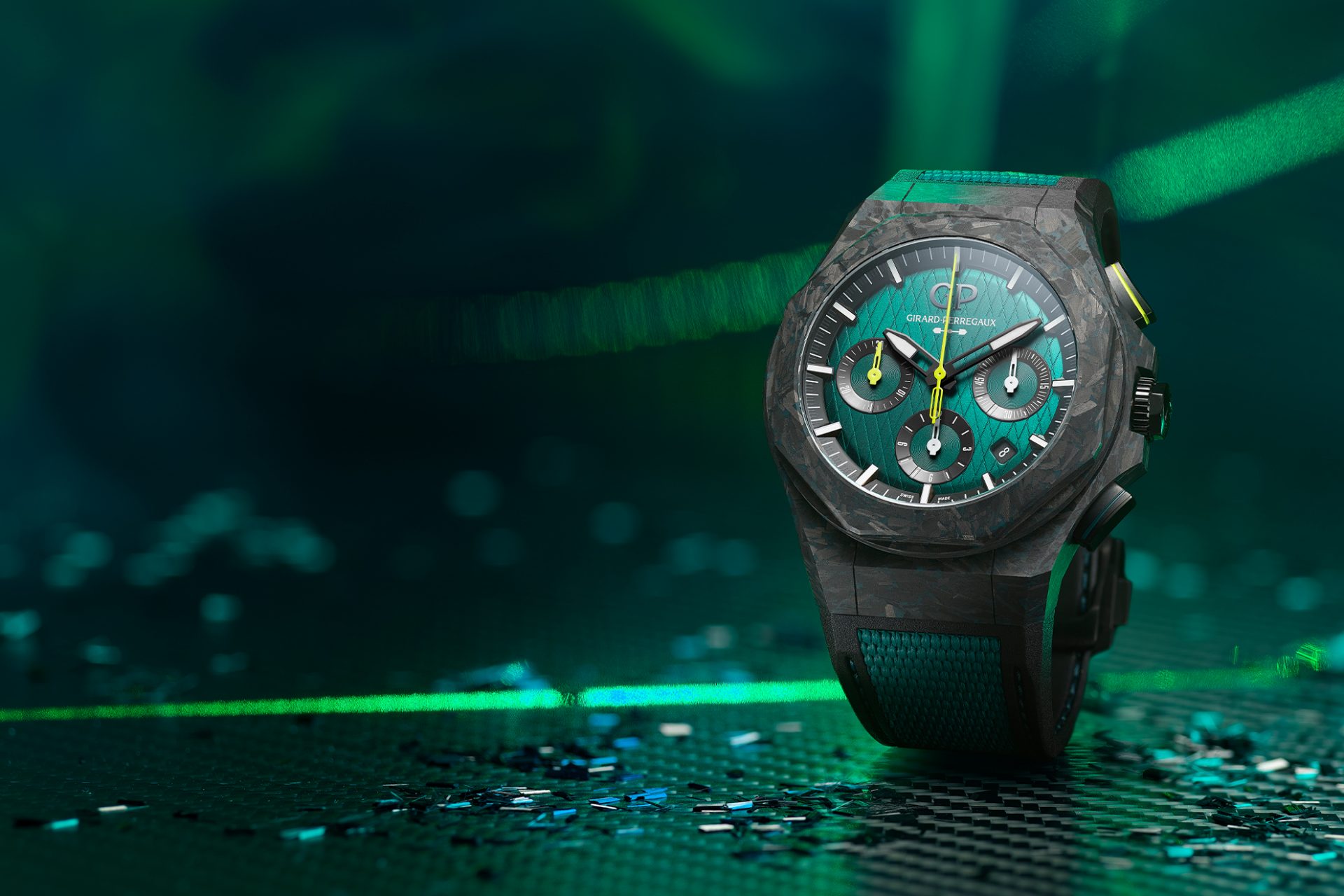
“The Laureato is an amazing product and it’s only the beginning – it’s going to accelerate more,” says Mr Pruniaux. “What’s happening now is that the retailers as well as the end consumer are understanding what’s behind it. It takes a bit of time, but I think that level of confidence is now there.”
What’s less clear is how the world of the Laureato, priced from around £10,000, and that of Girard-Perregaux’s famous ‘Bridges’ haute horlogerie creations (priced into the hundreds of thousands) join up, or where legacy collections like the Cat’s Eye or 1966 will fit in in the long term. Compared to Ulysse Nardin, theres’s a sense that Girard-Perregaux – much smaller, but still seen as one of the great classical watchmakers – remains a work in progress for now.
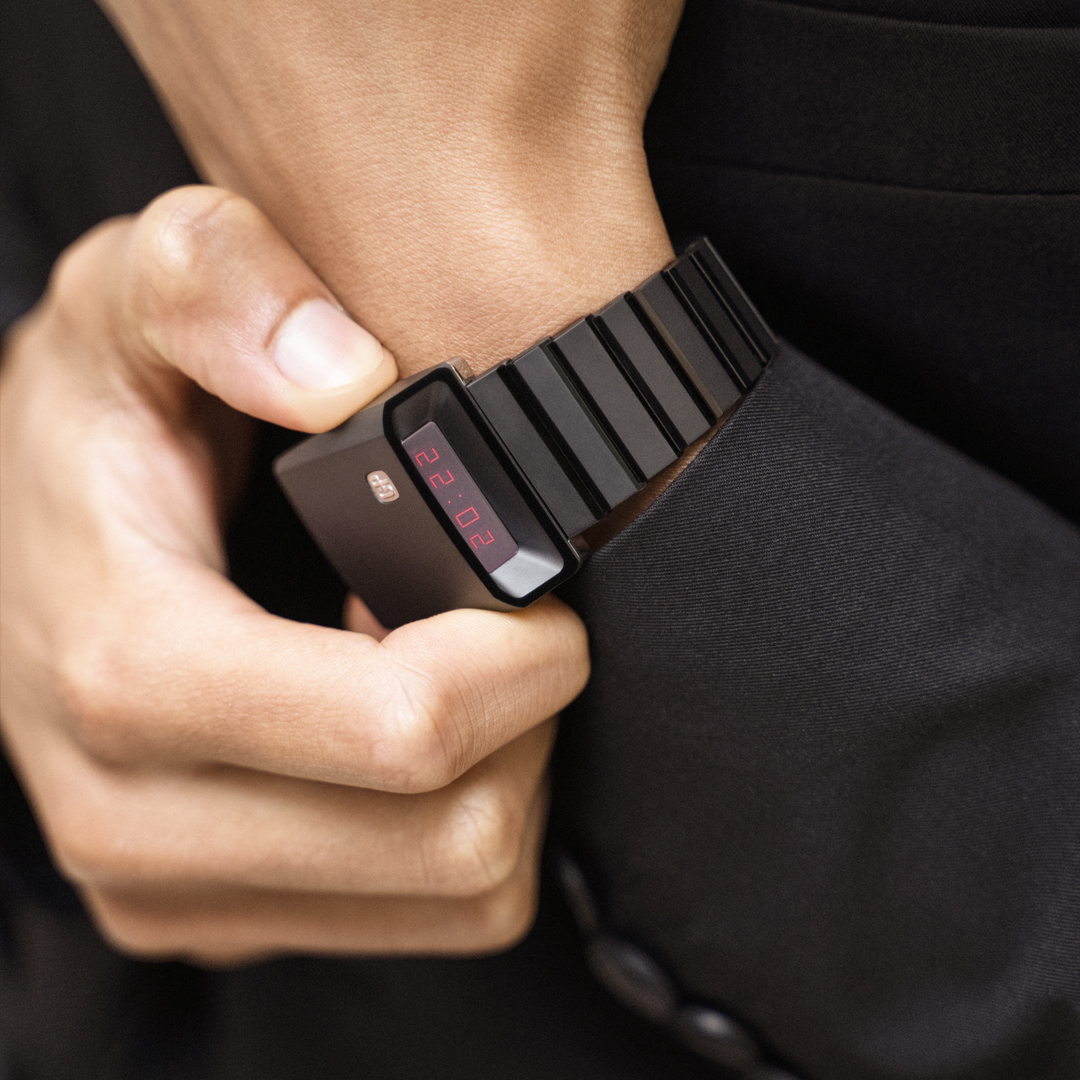
The question of how it develops has become harder to answer for one significant reason: since 2019 the workshops of both brands have been effectively amalgamated. I visited the expansive, impressively high-tech former factory of Ulysse Nardin, on the edge of an industrial district in La Chaux-de-Fonds, in November last year, when it was still named “the Kering Manufacture”. Here, the majority of watches for both brands are now built by staff who may work on either brands’ models at any given time – even the lab coats they wear carry the names of both brands on the back.
A five-minute drive away, the more picturesque HQ of Girard Perregaux is now home to a joint haute horlogerie atelier. Surprisingly, even here the 15-or-so skilled watchmakers may find themselves building a Blast Hourstriker for Ulysse Nardin on one day, and a Minute Repeater Tourbillon with Three Gold Bridges for Girard-Perregaux the next. Nevertheless, each and every watch here is painstakingly assembled by a single watchmaker.
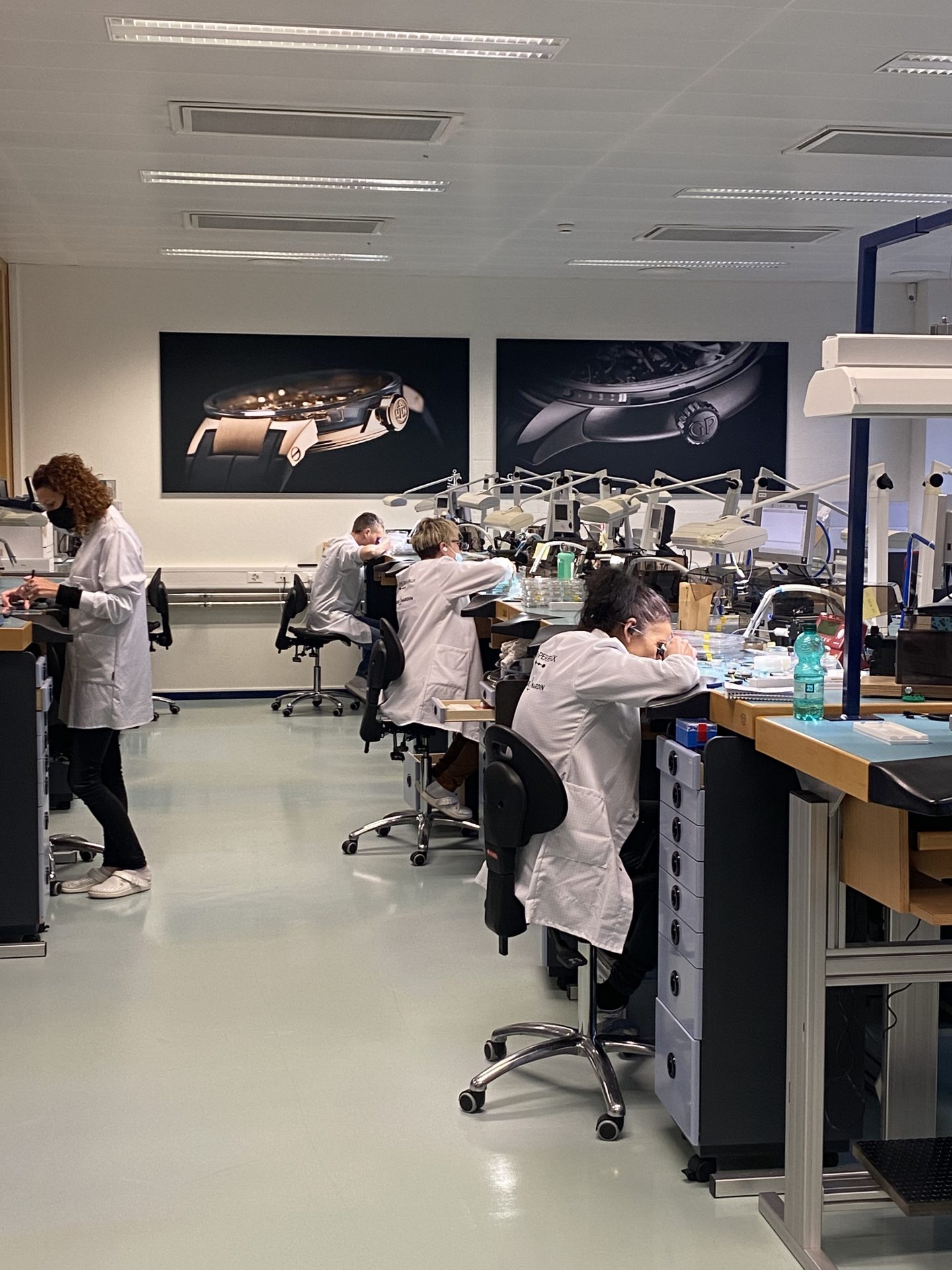
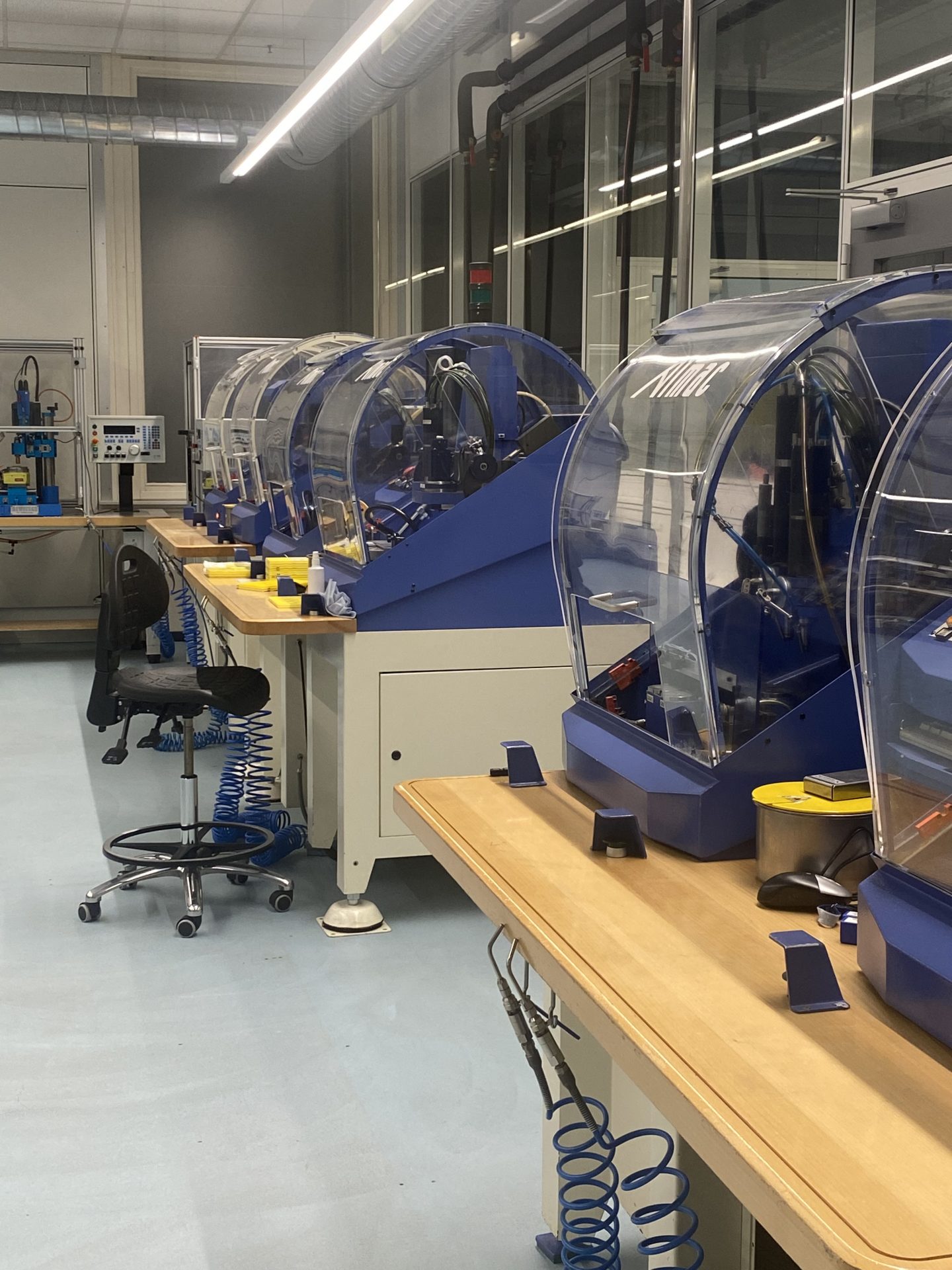
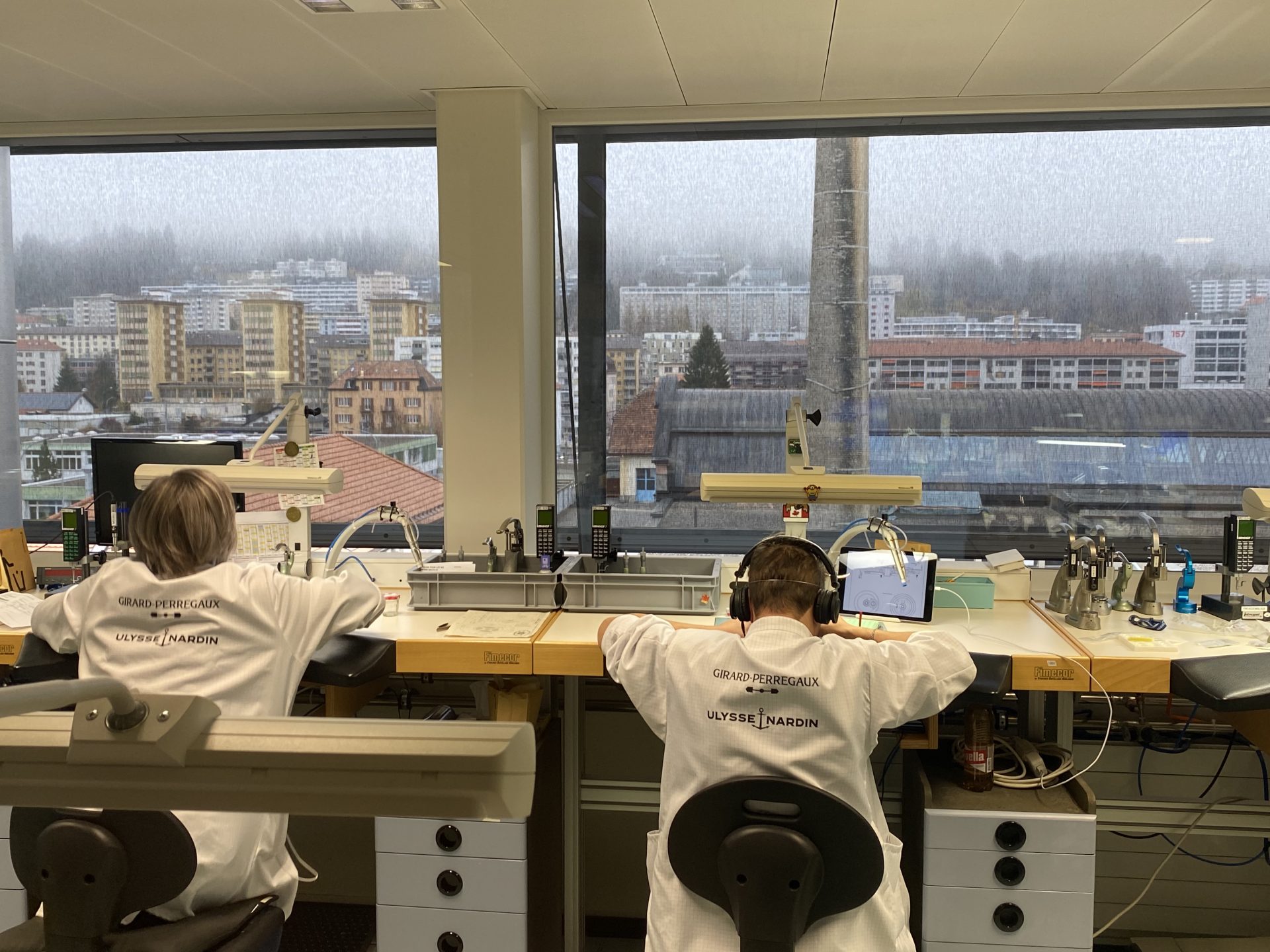
“Efficiency” is the answer Mr Pruniaux gives for the new set-up, which is understandable, not least because both brands are building considerably fewer watches than they once were: the emphasis, Mr Pruniaux says, is firmly on quality and exclusivity (Ulysse Nardin is thought to produce around 12,000 watches a year, while Girard-Perregaux is some way smaller).
“Our story is about being very inclusive in the way we talk to the consumer, but the two brands will remain more exclusive than many other brands around. That’s part of what attracts the end consumer today, and we won’t change that.”
Bringing the manufacturing together, Mr Pruniaux says, has made for a more effective operation, though there’s a limit to how much rationalisation he’s prepared to implement. Even though both brands have core collection watches at similar price points, he rebuffs any suggestion that it would make sense to start sharing movements.
“That’s where there is a limit for us. What defines us is that each brand has its own history as a manufacture. We make 100 percent of our own movements at Girard-Perregaux, and 95 percent at Ulysse Nardin, and we want to maintain that, and preserve the craftsmanship.”
Elsewhere, Mr Pruniaux talks of strict divides between the two brands at almost all level of the business outside the workshop, including product development. “For us, we see the two brands working together almost like a collective: each one with its own work and is own identity, but on the other hand sharing a spirit. Feeding off each other, while maintain a very clear Chinese wall when it comes to the creativity and innovation. The people on one side will discover what the other brand is making almost on the day of launch.”
So what comes next? There is plenty of speculation that Mr Pruniaux’s objective is to grow the brands in order to sell them, though he states that not only is he in it for the long-haul, but that he has the resources he needs to achieve growth and profitability. “Going into this, we wanted to make sure we had the right level of resource to invest in the brand over time. It’s not a short-term play, and I would not have gone into this if I hadn’t had the time to really get prepared and know what is needed.”

